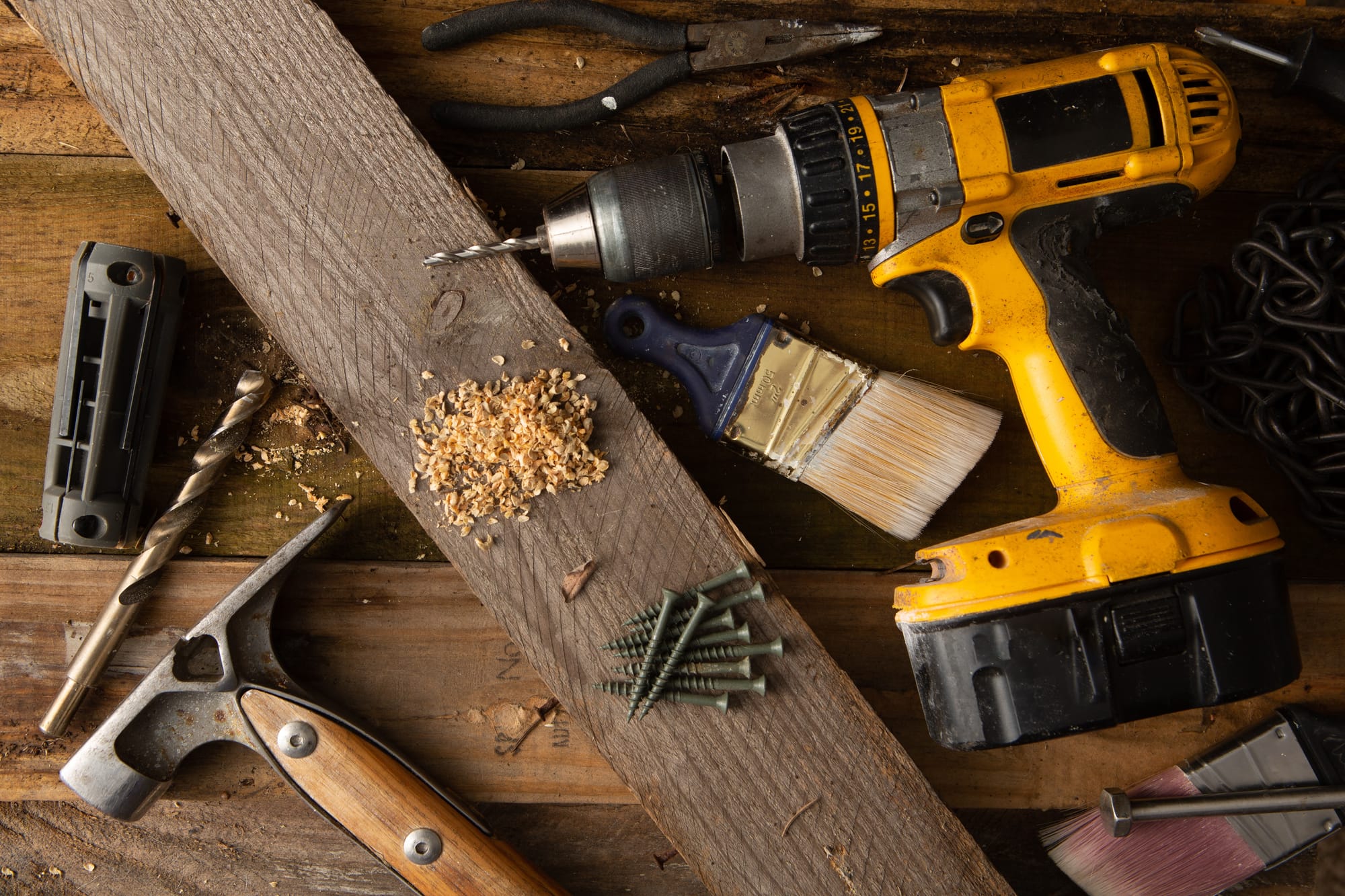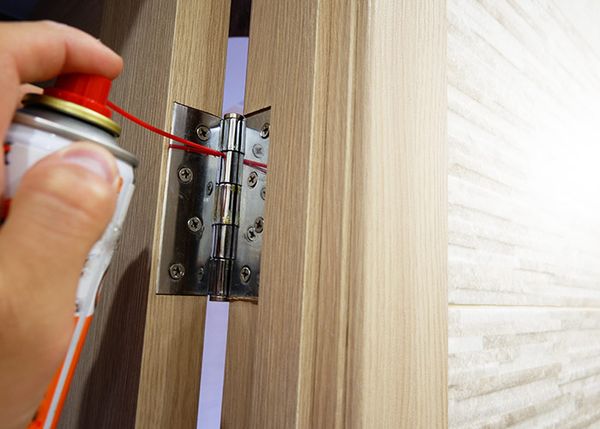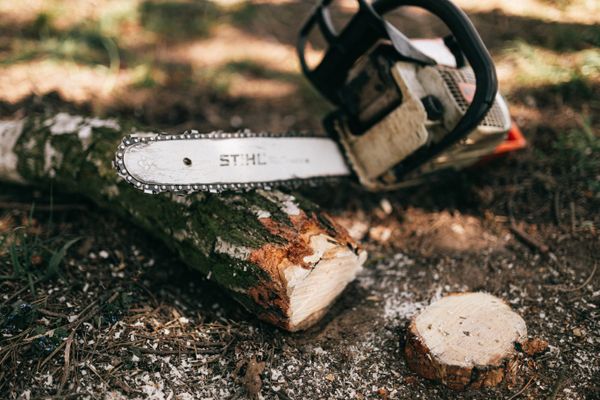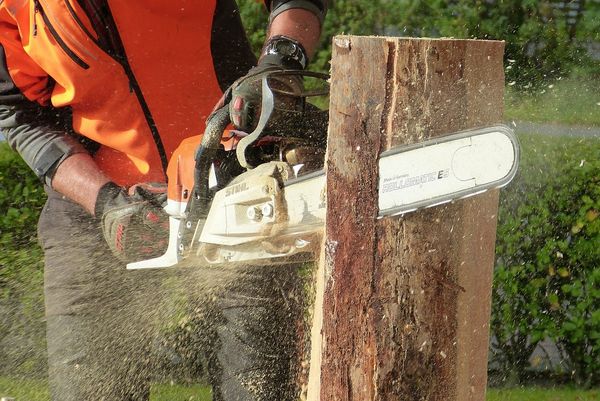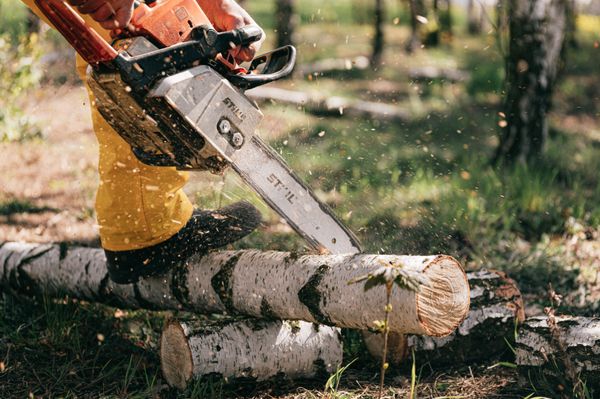When it comes to power tools, the hammer drill and impact driver are staples in any toolkit. Both are incredibly useful, but they serve different purposes. Understanding the nuances between a hammer drill and an impact driver is crucial for anyone from DIY enthusiasts to professional tradespeople. This article delves into the differences, applications, and tips for choosing the right tool for your project.
Understanding the Hammer Drill
A hammer drill, also known as a percussion drill, is a versatile tool designed to drill into hard materials like concrete, brick, and stone. It combines the rotary action of a regular drill with a pounding action. This hammering mechanism helps the drill bit to penetrate tough materials with greater ease, making it an ideal tool for masonry work.
Key Features of Hammer Drills
- Dual Function: Hammer drills offer a switch to toggle between drilling and hammering modes.
- Power Source: Available in both corded and cordless versions.
- Variable Speed: Most models come with adjustable speed settings for precise control.
Applications of Hammer Drills
- Drilling into concrete, brick, and masonry
- Installing fixtures in hard surfaces
- Large scale construction projects
Impact Driver: A Tool for Driving Screws
An impact driver is a tool designed specifically for driving screws and bolts. It delivers high torque output with minimal effort from the user, making it ideal for long screws or bolts. Unlike a hammer drill, an impact driver does not have a chuck but uses a quick-change clamp for hex-shanked driver bits.
Key Features of Impact Drivers
- High Torque: Superior torque for driving screws into tough materials.
- Compact Size: Generally more compact and lighter than hammer drills.
- Hex Shank: Uses hex-shanked bits for quick changes.
Applications of Impact Drivers
- Fastening screws and bolts
- Assembling furniture
- Deck building and woodworking projects
Comparing Hammer Drill and Impact Driver
While both tools seem similar, they serve different functions:
- Functionality: Hammer drills are ideal for drilling into hard surfaces, whereas impact drivers are tailored for driving screws.
- Torque: Impact drivers offer higher torque, making them better for tasks involving nuts and bolts.
- Precision: Hammer drills provide more precision for drilling holes.
Choosing the Right Tool
- Assess Your Needs: Consider the nature of your project. For heavy-duty drilling into concrete or masonry, a hammer drill is your best bet. For projects involving a lot of screw driving, go for an impact driver.
- Ergonomics: Comfort in handling the tool is crucial, especially for prolonged use.
- Budget: While both tools are valuable, your budget might influence your choice. In some cases, a combination set might be the most cost-effective solution.
Maintenance Tips
To ensure longevity and performance:
- Regularly clean and lubricate your tools.
- Use the right bits and accessories.
- Store tools in a dry, clean place.
Enhancing Your Toolkit: Hammer Drill and Impact Driver
While the basics of hammer drills and impact drivers are clear, understanding when to use each tool can significantly enhance your efficiency and the quality of your work.
When to Use a Hammer Drill
- Masonry Projects: If you're working with concrete, brick, or stone, a hammer drill is indispensable.
- Installation Tasks: For installing fixtures into hard surfaces, a hammer drill provides the necessary power and precision.
- Heavy-Duty Drilling: For projects that require drilling large or deep holes in tough materials, the hammer drill is the go-to tool.
When to Use an Impact Driver
- Assembling Furniture: Its high torque makes the impact driver perfect for quickly and efficiently assembling furniture.
- Deck Building: For driving long screws into wooden decks, an impact driver is more efficient than a standard drill.
- Automotive Work: The impact driver's ability to handle bolts makes it suitable for various automotive applications.
Combining Both Tools for Maximum Efficiency
For many professionals and DIY enthusiasts, owning both a hammer drill and an impact driver is the best way to tackle a wide range of tasks. The hammer drill's precision in drilling and the impact driver's efficiency in fastening make them a formidable pair in any toolkit.
Safety First
Always prioritize safety when using these power tools:
- Wear appropriate protective gear, like safety goggles and gloves.
- Ensure the work area is well-lit and free from obstructions.
- Follow the manufacturer's instructions and guidelines for safe use.
FAQs
Q: Can I use an impact driver for drilling?
A: While possible with the right bit, it's not recommended as it lacks the precision of a drill.
Q: Is a hammer drill necessary for DIY projects?
A: It depends on the nature of your projects. For most masonry work, a hammer drill is essential.
Q: Can I use regular drill bits in a hammer drill?
A: Yes, but for optimal performance, especially in tough materials, use bits designed for hammer drills.
Q: How do I maintain my hammer drill and impact driver?
A: Regular cleaning, proper storage, and using the right bits and accessories are key to maintaining these tools.
Q: Can I use an impact driver for all screw-driving tasks?
A: Yes, an impact driver is suitable for most screw-driving tasks, especially those requiring high torque.
Q: Is it worth investing in both a hammer drill and an impact driver?
A: For those frequently engaged in a variety of DIY or construction projects, having both tools can be a valuable investment.
The Bottom Line
The distinction between tools like rotary hammers, cordless drills, and impact drivers is pivotal for anyone embarking on construction or DIY projects. A rotary hammer, excelling in hammer drilling, is indispensable for professionals who need to drill holes in hard materials, while the versatility of a cordless drill with a hammer drill function makes it a favorite among DIY enthusiasts. The precision of masonry drill bits when used with a hammer function ensures that tasks like installing lag bolts become more manageable and efficient. On the other hand, the prowess of cordless impact drivers and impact drills in driving screws and fastening tasks cannot be understated. These tools, with their unique functionalities, are essential in any toolkit.
The evolving landscape of power tools brings to light the importance of understanding each tool's capabilities. A drill driver is suited for lighter, more precise tasks, whereas an impact wrench offers high torque for more demanding jobs. Understanding the differences between these tools, from cordless drills to hammer drills and impact wrenches, is crucial for achieving optimal results in various projects. Embracing these tools, including hammer drilling with masonry drill bits or utilizing the sheer power of impact drills, can significantly enhance the efficiency and quality of work, whether in a professional setting or for home DIY projects.

